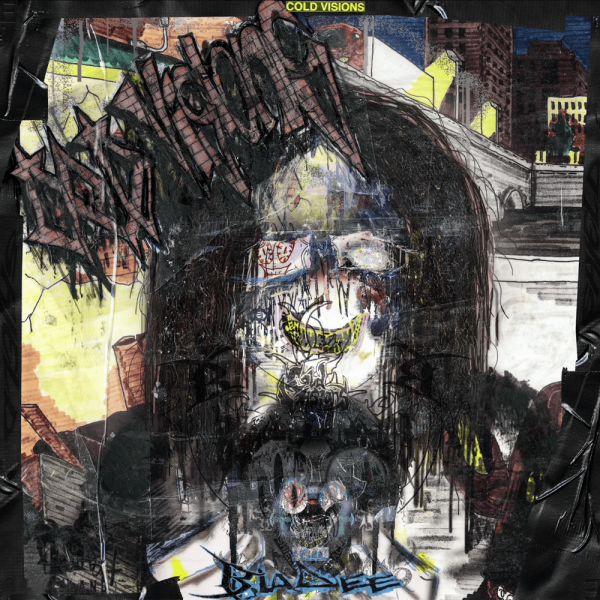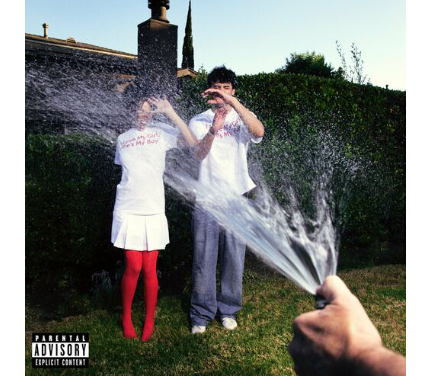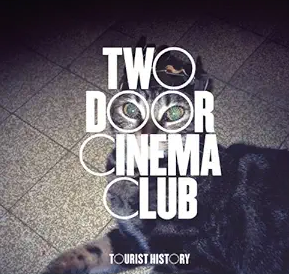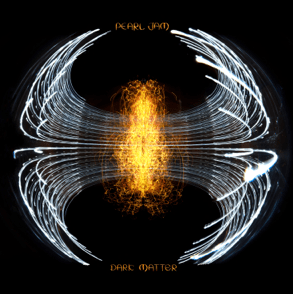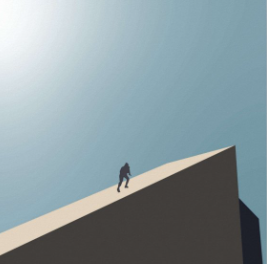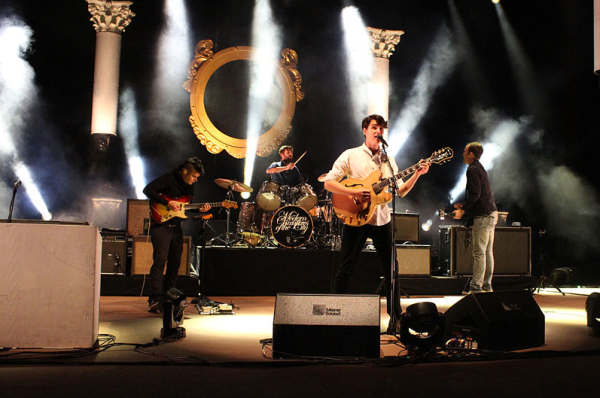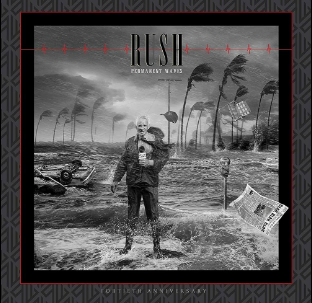Chicago’s second album provides sentimental songs
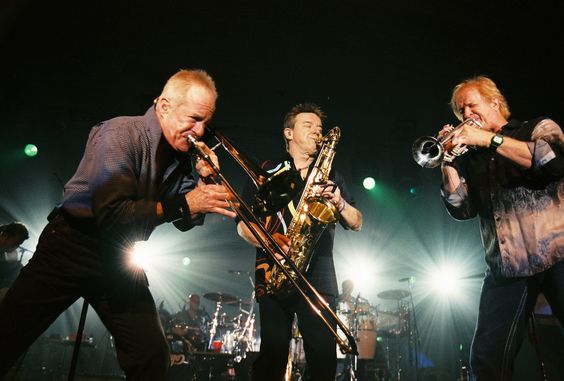
Photo via Chicago via Pinterest
The horn section of the band Chicago performs in concert.
May 4, 2023
Tired of your Spotify playlists? The Purbalite is here to help with our Essential Listening series.
The band Chicago features guitar, bass, drums, vocals, and … a horn section.
The band’s second album, Chicago II, was released in 1970. It showcases their unique instrumental sounds, like trombone, trumpet, and tenor saxophone. The album shows that they had great potential with classic rock music as well as big-band music, and later albums would display this even more.
The band was originally called the Chicago Transit Authority, but changed their name when the actual government transit agency they named themselves after threatened a lawsuit. This album also was the first to feature the now-famous cursive “Chicago” font on the cover, in silver. Chicago II, like their debut, was a double album.
Side two of the album has the 13-minute song compilation entitled “Ballet for a Girl in Buchannon.” This includes the six songs “Make Me Smile,” “So Much to Say, So Much to Give,” “Anxiety’s Moment,” “West Virginia Fantasies,” “Colour My World,” “To Be Free,” and “Now More Than Ever.”
“Make Me Smile” is about a person dreaming about spending time with a lover, because it makes him happy. It was written by James Pankow, whose primary instrument is the trombone. “Now More Than Ever” acts as a reprise to “Make Me Smile,” adding a third verse to the concept and completing the “Ballet” compilation.
The beautiful ballad “Colour My World” was released as the B-side to “Make Me Smile”.
On a personal note, a rendition of “Colour My World”, sung by a family member, was my grandparents’ wedding song. The beginning lyrics “As time goes on / I realize / Just what you mean / To me” still resonate 50 years later.
One of Chicago’s most famous songs, “25 or 6 to 4”, is on side three of this album. The horn part in the song is famous among marching bands as a stand tune at football games.
It also, according to many, opens with one of the most famous guitar riffs of all time. While it is simple, it is often re-created and learned by beginning guitarists. Some say it is also similar to the guitar in Green Day’s “Brain Stew,” released in 1995, showing the influence that Chicago still has on other bands.
Overall, the album, though early in the band’s discography, is worth a listen for fans looking for a blend of classic rock with a big-band feel.



